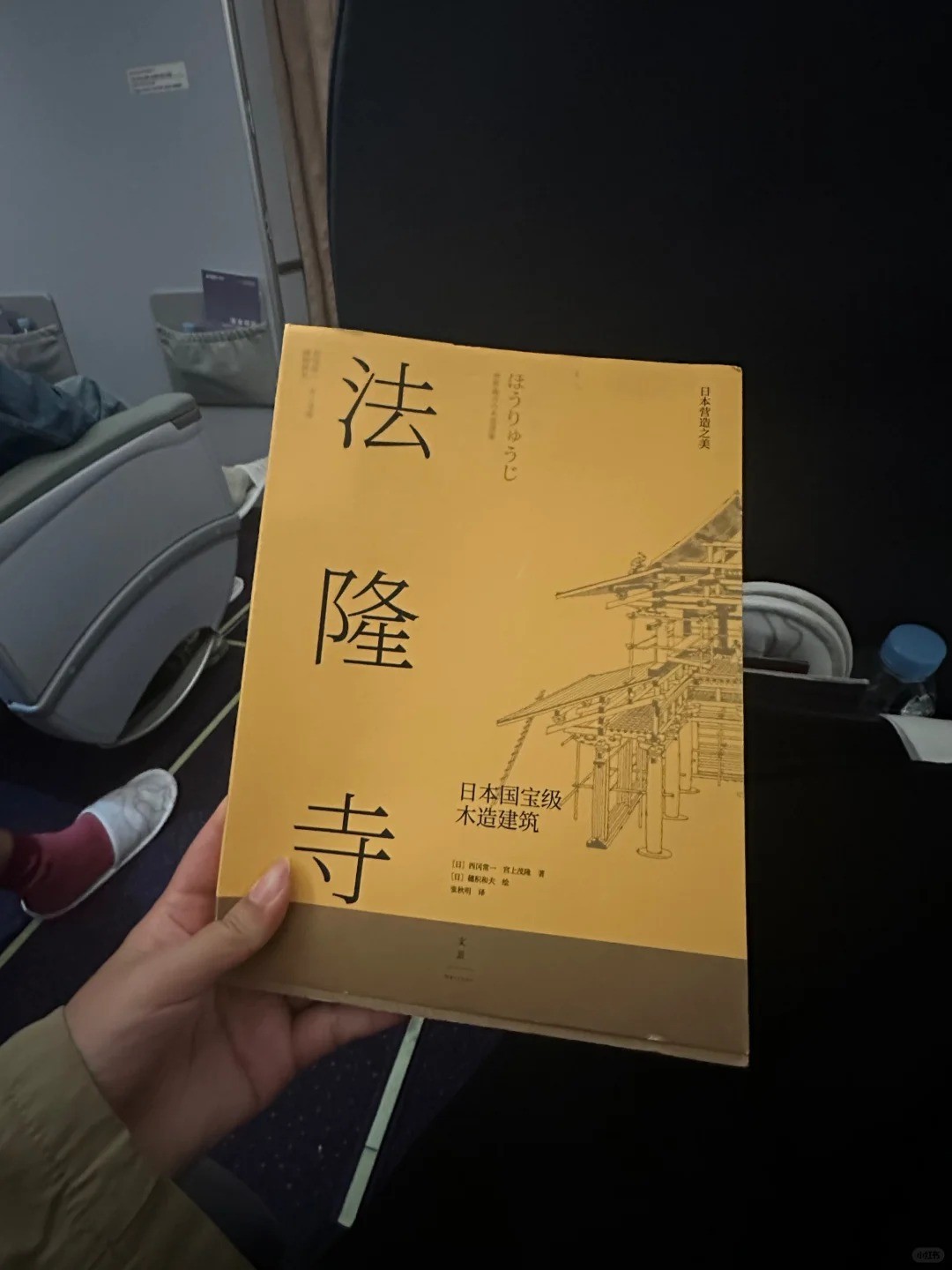🌝 Some Random Thoughts on Nara's Horyu-ji Temple
The book "Horyu-ji" by Nishioka and Miyagami is the perfect read for a three-hour flight. 🌿🌟 After finishing it, I walked through the parallel vertical beams and cloud-patterned brackets of the temple, feeling as if I were meeting old friends. 🌊🎢 The asymmetrical layout of Horyu-ji's temple complex is highly praised by Japanese architectural historians, but such a design is not uncommon in ancient Chinese architecture. For example, the Kaiyuan Temple in Zhengding and the Pujiu Temple in Yuncheng both have similar structures. 🌿 🌿🌟 #Horyu-ji Whether it is the oldest existing wooden structure is still debatable. 🌊🎢The "Shikinen Sengu" system is common in Japanese architecture, such as the Ise Grand Shrine, which is rebuilt every twenty years to keep it looking new. Horyu-ji's Golden Hall also has clear records of 15 major renovations. 🌿🌟 Some scholars use the "Ship of Theseus" theory to understand the "Shikinen Sengu" system. 🌊🎢In fact, although you can recognize the architectural features of the Northern and Southern Dynasties when you visit Horyu-ji, there isn't the overwhelming sense of antiquity that you might expect. The same applies to Todai-ji Temple. 🌿🌟 Even though the Golden Hall is said to have a Tang Dynasty structure almost identical to the East Hall of Foguang Temple, the 2-meter elevation during the Meiji period's renovation disrupted the roof's proportions, which is quite regrettable. 🌇 #Nara #Horyuji #Architecture 🌿🌟



